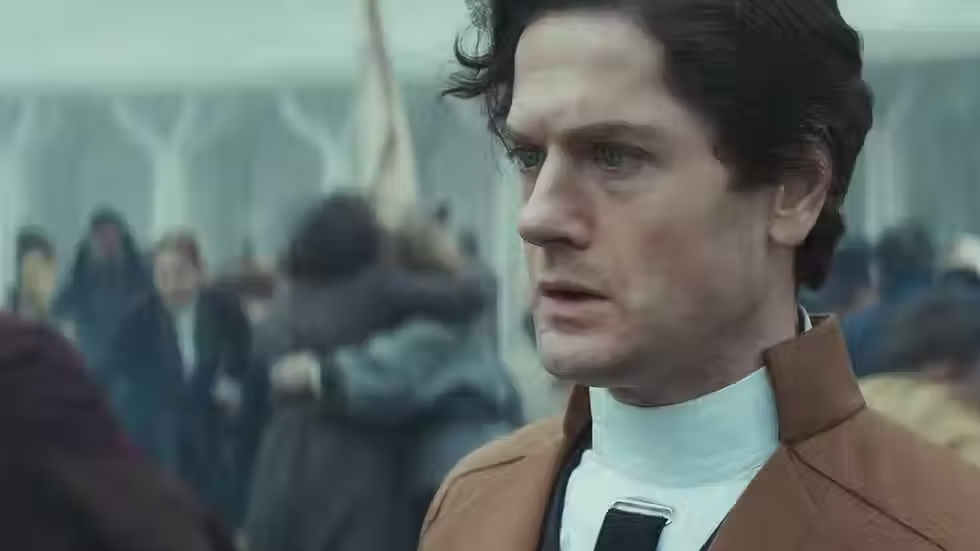Review: Boiling Point
- ogradyfilm
- Dec 1, 2018
- 1 min read
After months of putting it off, I finally got around to watching Boiling Point, the second film by “Beat” Takeshi Kitano. While the overall tone is more overtly humorous than in the director’s later efforts (though it’s still never quite laugh-out-loud funny), it is here that he begins to develop and experiment with what would become his most prominent stylistic technique: the use of ellipses.

Explicit depictions of violence have become increasingly rare in Kitano’s work; he prefers to focus on the suspenseful buildup and emotionally devastating aftermath, leaving the actual moment of bloodshed offscreen. In Boiling Point, of course, the effect is comedic rather than dramatic: in one particularly memorable scene, for example, we cut directly from a wannabe punk rock teenager ecstatically speeding off on his new motorcycle to the same young man sprawled out on the pavement, nursing a broken nose. Even major story beats are occasionally omitted: when our bumbling protagonists venture out to Okinawa to buy guns, we never witness their initial meeting with the gangster who eventually arranges the arms deal (played by an uncharacteristically animated and anarchic Kitano), nor are we privy to any of their “business” discussions; instead, we follow the group as they get hammered at a karaoke bar, play baseball on the beach, and enjoy popsicles by the roadside.
That subversive attitude—the defiant refusal to adhere to a traditional plot structure—makes Boiling Point such a delightful oddity. It’s no Hana-bi or Dolls, but it’s beautiful and brilliant in its own right. I’ll definitely be revisiting it in the future.
[Originally written May 16, 2017.]





Comments